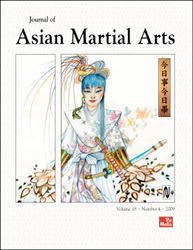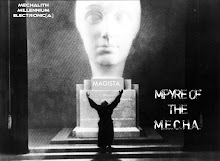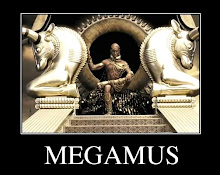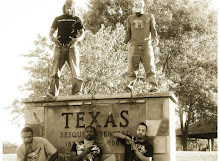By CHARLES H. HACKNEY, PH.D.
How do we describe our involvement in the martial arts? Are the martial arts an activity that we do ("I do jujutsu three times a week.")? Are they something that we are ("I'm a kickboxer.")? Are the martial arts a subject that we study (I study Goju-Ryu karate.")? Possibilities like these all seem to capture something true, but none are entirely accurate by themselves. The martial arts certainly require active participation, so they are something that we do. But participation in the martial arts involves greater depth than what one might find in activities like bowling or swimming, so saying that we "do" martial arts is an imperfect description. A common theme in the martial arts is the transformation of character that occurs during training, resulting in the forging of a new identity (e.g., Hoban, 1988).
This descriptive ambiguity connects to an underlying ambiguity concerning the martial arts themselves. What exactly are they? Are they sports? Self-defense training? Historical reenactment? Hobbies? Paths to spiritual growth? All of the above? Are some specific martial arts only sports while others are only spiritual paths? For some, their experience of the martial arts might fall into only one of these categories. But for those of use who have made the martial arts more than just "something fun I do two nights a week," it can be difficult understanding and explaining the role that the martial arts play in our lives.
The martial arts literature also reflects this ambiguity. Dave Lowry (1985), for example, describes martial artist as "living antiques," preserving a beautiful cultural tradition and keeping a particular kind of warrior spirit alive through the generations.
The philosophical perspective offered by Alasdair MacIntyre's neo-Aristotelian virtue ethics provides a useful conceptual framework, becoming an effective fighter, having fun making friends, growing spiritually, and becoming a person of good moral character are not only compatible in the martial arts; they are mutually-supportive.
The neo-Aristotelian approach is teleological in nature, taken from the Greek word telos. The word telos is translated as "end," "goal," or "purpose," and it is the answer to questions such as "what is this object for?", or "what does it do?". The telos of a clock is to tell time. The telos of a wolf is to hunt as a member of a pack. The telos of an apple tree is to produce apples. A description of the telos of an object also provides a standard for describing that object as being good or bad. A good object fulfills its telos well. A good clock keeps time accurately. A good wolf cooperates with the pack. A good apple produces many healthy apples.
Though alternate descriptions of the telos may compete for our acceptance, those who hold to teleological form of ethics all agree that the best life is one spent progressing toward the telos as a developmental goal, and that the ideal person is one who is able to fulfill the telos. Within the Aristotelian approach, eudaimonia is the term employed for the "good life" (the life spent becoming better able to fulfill the telos).
Further, by becoming a better human being, the martial artist is being cultivated into a person who is better equipped to perceive and pursue the overall human telos. Liu (2003) discusses his experience as a practioner of aikido in the context of the human pursuit of meaning. Hatsumi (1998) connects his practice of ninjutsu to the pursuit of universal righteousness and enlightenment. In fact, the idea of spiritual growth through martial training is found in almost all cultures that developed martial arts (Maliszewski, 1996).
What makes an activity a eudaimonic practice, rather than an enjoyable way to fill one's time, is the fact that cultivating the qualities of excellence within the practice is connected to becoming a more mature human being.
At every level, the martial artist is not only someone who fights well, but also someone who functions well in their relationships and social roles, and someone who is engaged in the process of becoming a better person. As such, the various ideas that have been put forward about what the martial arts are, and what a good martial artist should be, each find a place as components of this eudaimonic perspective. When understood in this way, there is no conflict between describing the meaning of the martial arts as a system of combat, a method of cultural expression, or a spiritual path; the same virtues that empower one empower the others.

VOLUME 18 ~ NUMBER 4 ~ 2009
Hackney, C. "The Aristotelian philosophy of the martial arts”





















No comments:
Post a Comment